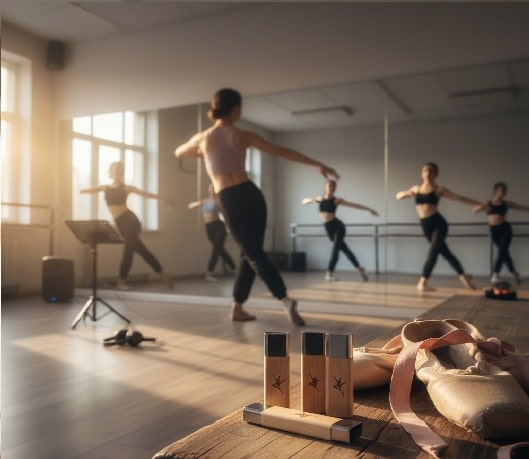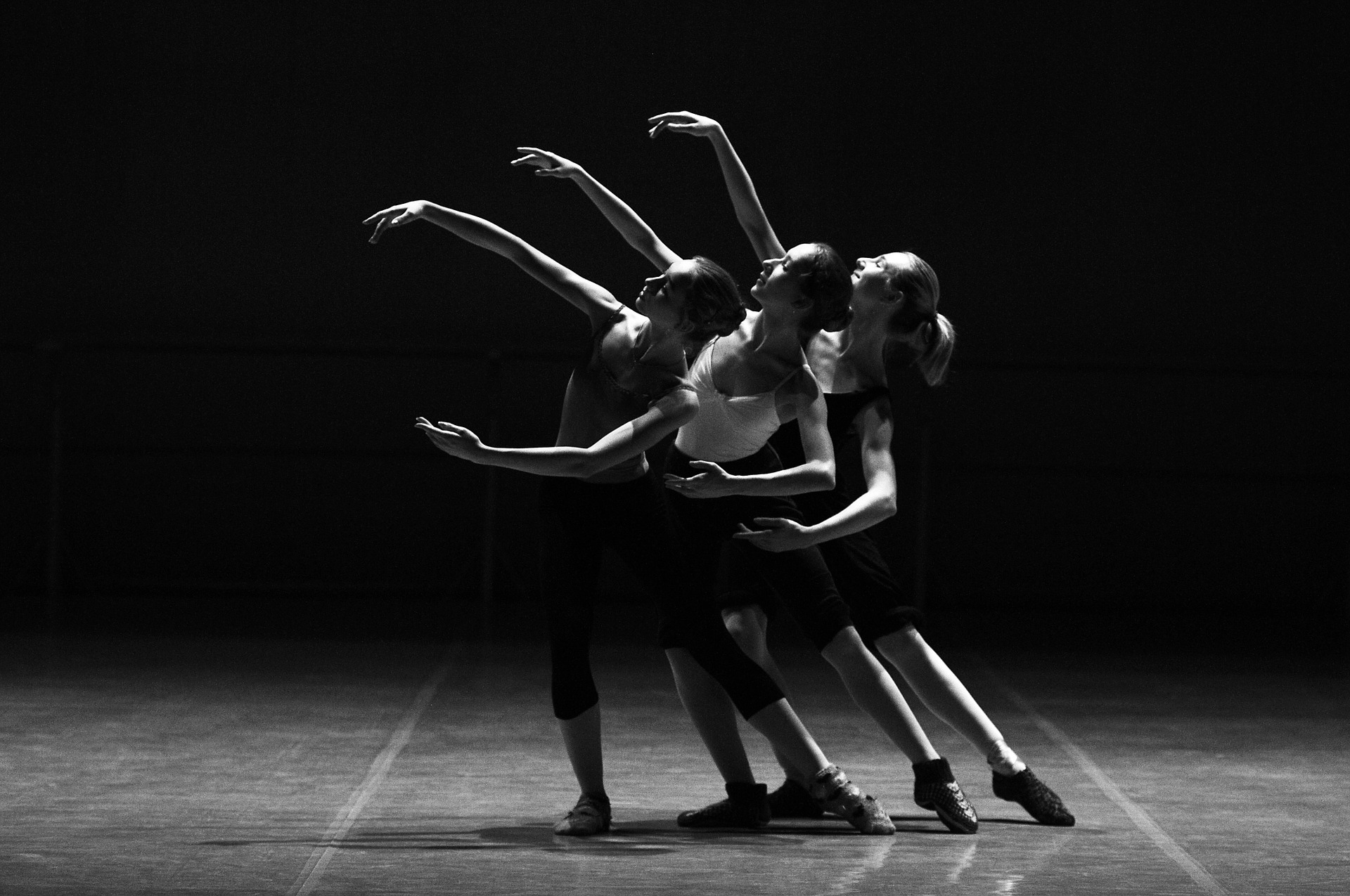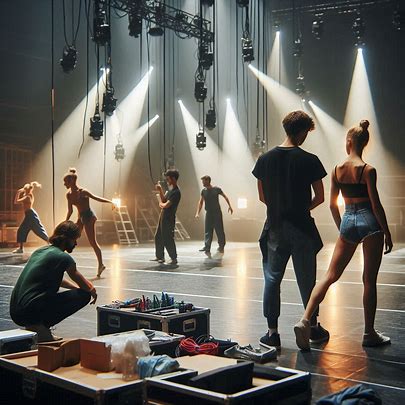Dance instructors and choreographers increasingly choose to have USB sticks printed (USB sticks laten bedrukken) with their studio branding to distribute training materials, choreography videos, and music compilations to students. This digital approach replaces physical media while providing convenient access to educational content that students can review at their own pace. When you have custom USB featuring your dance school logo or artistic imagery, you create professional training tools that reinforce brand identity while serving practical purposes.
These personalized drives can contain technique demonstrations, competition routines, and supplementary educational materials that support in-studio instruction, making them valuable resources that students appreciate and use regularly throughout their dance education journey.
Physical Health Advantages of Dance Practice

Regular dance training provides comprehensive cardiovascular exercise that strengthens the heart and improves circulatory system efficiency. The sustained movement patterns characteristic of most dance styles elevate heart rates into target zones that develop aerobic capacity. Over time, consistent practice increases stamina, allowing practitioners to perform longer sessions with less fatigue while improving overall energy levels in daily activities.
Muscular strength develops naturally through dance training as movements require controlled use of various muscle groups. Ballet particularly emphasizes leg strength through repeated relevés, pliés, and jumps. Contemporary and modern styles engage core muscles extensively for balance and floor work. Even social dance forms like salsa or swing build muscular endurance through sustained partnering and rhythmic movements.
Cognitive and Neurological Benefits
Learning choreography challenges memory systems as dancers must recall complex sequences of movements coordinated with musical timing. This mental exercise strengthens neural pathways associated with memory formation and retrieval. Research indicates that regular dance practice may help maintain cognitive function as people age, potentially reducing risks of cognitive decline.
Coordination improvements occur as dancers train their bodies to execute precise movements while maintaining spatial awareness. The brain develops more efficient communication with muscular systems, resulting in smoother movement quality and better body control. These neurological adaptations extend beyond dance, improving coordination in everyday activities and other physical pursuits.
Flexibility and Range of Motion Enhancement
Consistent stretching incorporated into dance training gradually increases flexibility across major joints. Improved flexibility reduces injury risks in daily activities while enabling dancers to achieve more aesthetically pleasing lines and positions. Hip flexibility particularly benefits from dance training, as most styles emphasize movements requiring substantial hip mobility.
Balance improvements result from dance training’s emphasis on controlled weight transfers and single-leg positions.
As proprioception develops, dancers gain better awareness of body position in space. These balance improvements help prevent falls and injuries, particularly valuable as people age.
Stress Reduction through Movement
Physical activity releases endorphins that naturally elevate mood and reduce stress perception. The focused concentration required during dance practice creates a meditative state where worries temporarily recede. Music’s emotional qualities combine with physical movement to provide powerful stress relief that many practitioners find more effective than traditional exercise approaches.
Creative expression through dance offers emotional release that purely athletic activities may not provide. Interpreting music through movement allows practitioners to process emotions and experiences in nonverbal ways. This expressive outlet contributes to emotional wellbeing and psychological health, making dance valuable beyond its physical benefits alone.








 First line of protection from the weather is a well-kept roof. This implies protection from rain, snow, and even strong sunshine for dance studios—all of which may compromise inside environments. By guaranteeing a strong, leak-free, weather-resistant roof, a roofing contractor such as Old Saybrook residential roofer preserves a safe and dry environment for dancers to rehearse and perform in.
First line of protection from the weather is a well-kept roof. This implies protection from rain, snow, and even strong sunshine for dance studios—all of which may compromise inside environments. By guaranteeing a strong, leak-free, weather-resistant roof, a roofing contractor such as Old Saybrook residential roofer preserves a safe and dry environment for dancers to rehearse and perform in.